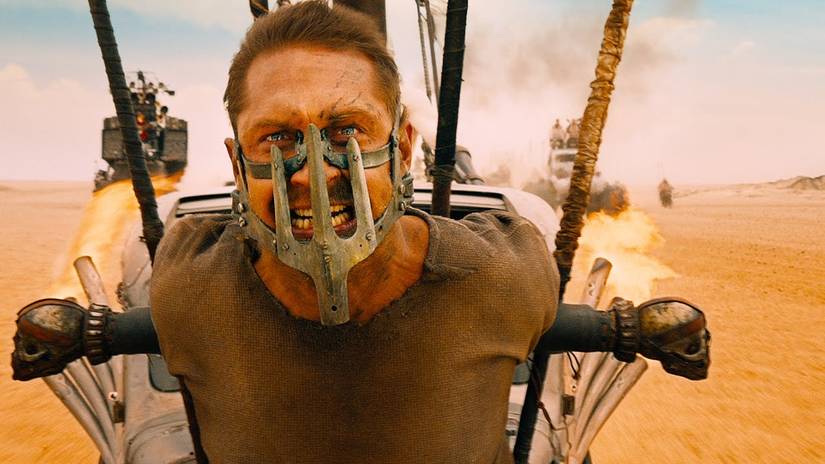Marcos Melendez is an entertainment journalist who has been active since 2017. His past work can be read on Collider, Escapist, ScreenRant, CBR, and Full Circle Cinema. He is currently a News Editor for MovieWeb.
While the film industry continues to reckon with the emergence of generative artificial intelligence, one visionary filmmaker has decided to back the controversial technology. The director behind the Mad Max franchise, George Miller, has revealed his stance on AI, and it may end up rubbing longtime fans the wrong way. The filmmaker, known for his unique visual language and eye for explosive action, seems to be open to accepting AI as a part of the filmmaking process.
During an interview with The Guardian, Miller discussed the rising use of generative AI as a part of his commitment as a judge at the upcoming Omni 1.0 AI film festival. The veteran filmmaker called AI the “most dynamically evolving tool” at the moment, and sees it as the latest in a long line of technological developments to form part of the creative toolbox. Despite other industry figures and unions putting their foot down in light of recent AI controversies, like the AI-generated “actress” called Lilly Norwood, Miller concludes that the technology is “here to stay and change things.”
“AI is arguably the most dynamically evolving tool in making moving image. As a film-maker, I’ve always been driven by the tools. AI is here to stay and change things.”
Miller compared the rise of generative AI to the introduction of oil paint, which allowed artists to “revise and enhance their work over time.” The comparison may have a few holes in it, as generative AI does not have the key attribute of a human performing the actual creation process, but Miller believes that the latest controversy and subsequent debate “echoes earlier moments in art history.”
“That shift sparked controversy – some argued that true artists should be able to commit to the canvas without corrections, others embraced the new flexibility. A similar debate unfolded in the mid-19th century with the arrival of photography. Art has to evolve. And while photography became its own form, painting continued. Both changed, but both endured. Art changed.”
Long-Awaited ‘Mad Max’ Sequel May End Up Being a TV Series
More to come.


